NATIVIA® is a naturally innovative, new generation of biaxially oriented films made from biobased and biodegradable polymers, designed to combine performance, versatility and certified sustainability.
Locally manufactured with a global reach, NATIVIA® films are certified for their biobased content and compostability according to international standards, offering effective alternatives for flexible packaging, labels and graphic arts across food and non-food applications.
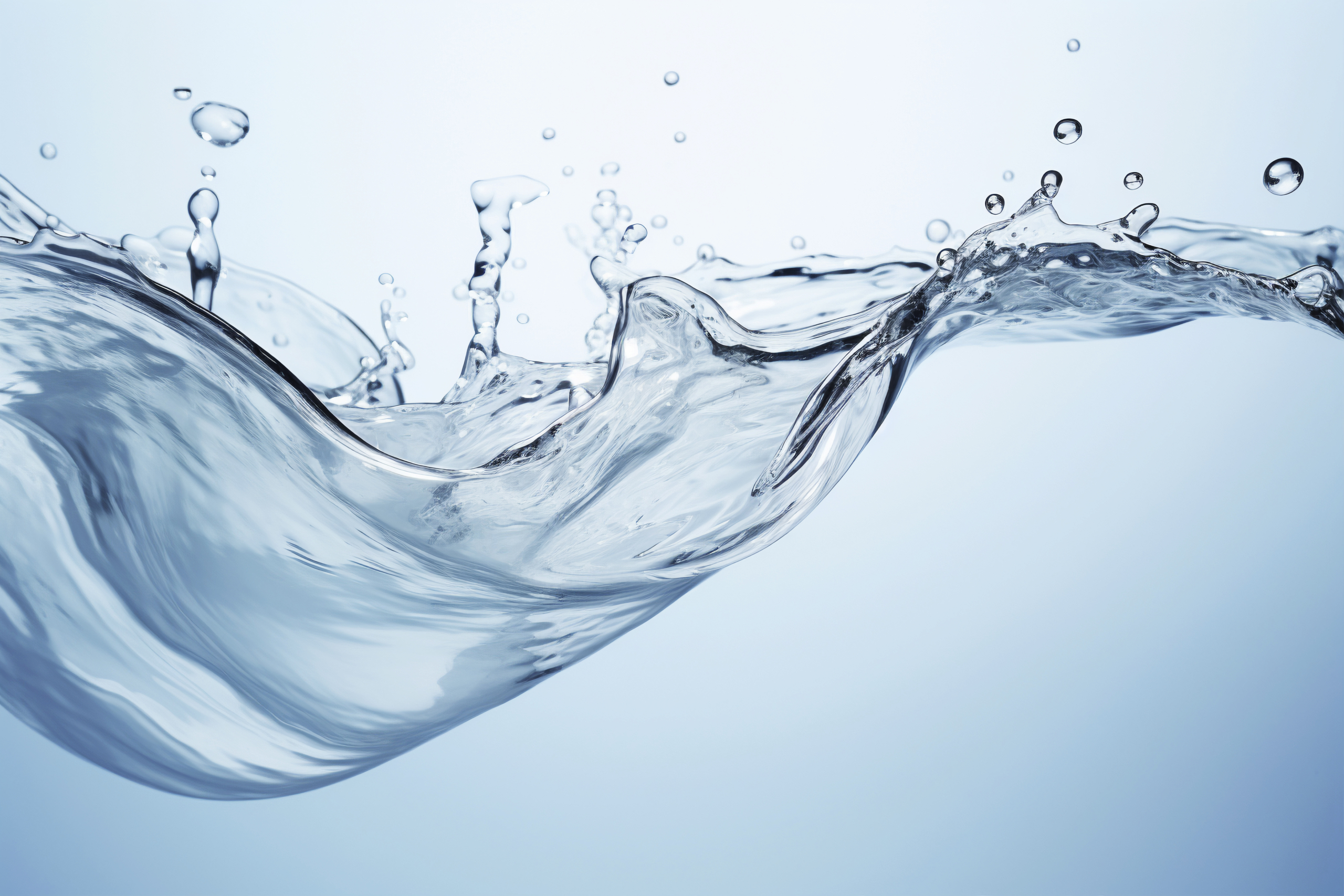
World’s First-Ever BOPHA Film
NATIVIA® D822 is an innovative biobased film designed for home compostability, offering an alternative to fossil-based plastic packaging, especially for those applications which are contaminated with food residuals or not suitable for recycling.
This film is biaxially oriented and based on PHA (polyhydroxyalkanoates), a class of biopolymers known for their significant advantages: they are synthetized by bacteria from a wide variety of renewable carbon-rich feedstocks and they exhibit unique biodegradability properties in all
environments (including compost, soil, marine and fresh water).
World’s First-Ever BOPBSA Film
NATIVIA® D823 is an innovative biobased film designed for home compostability, offering an alternative to fossil-based plastic packaging, especially for those applications which are contaminated with food residuals or not suitable for recycling.
This film is biaxially oriented and based on PBSA (poly(butylene succinate-co-adipate)), a biopolymer that delivers exceptional sealing properties, and makes it an excellent choice for a wide variety of applications.
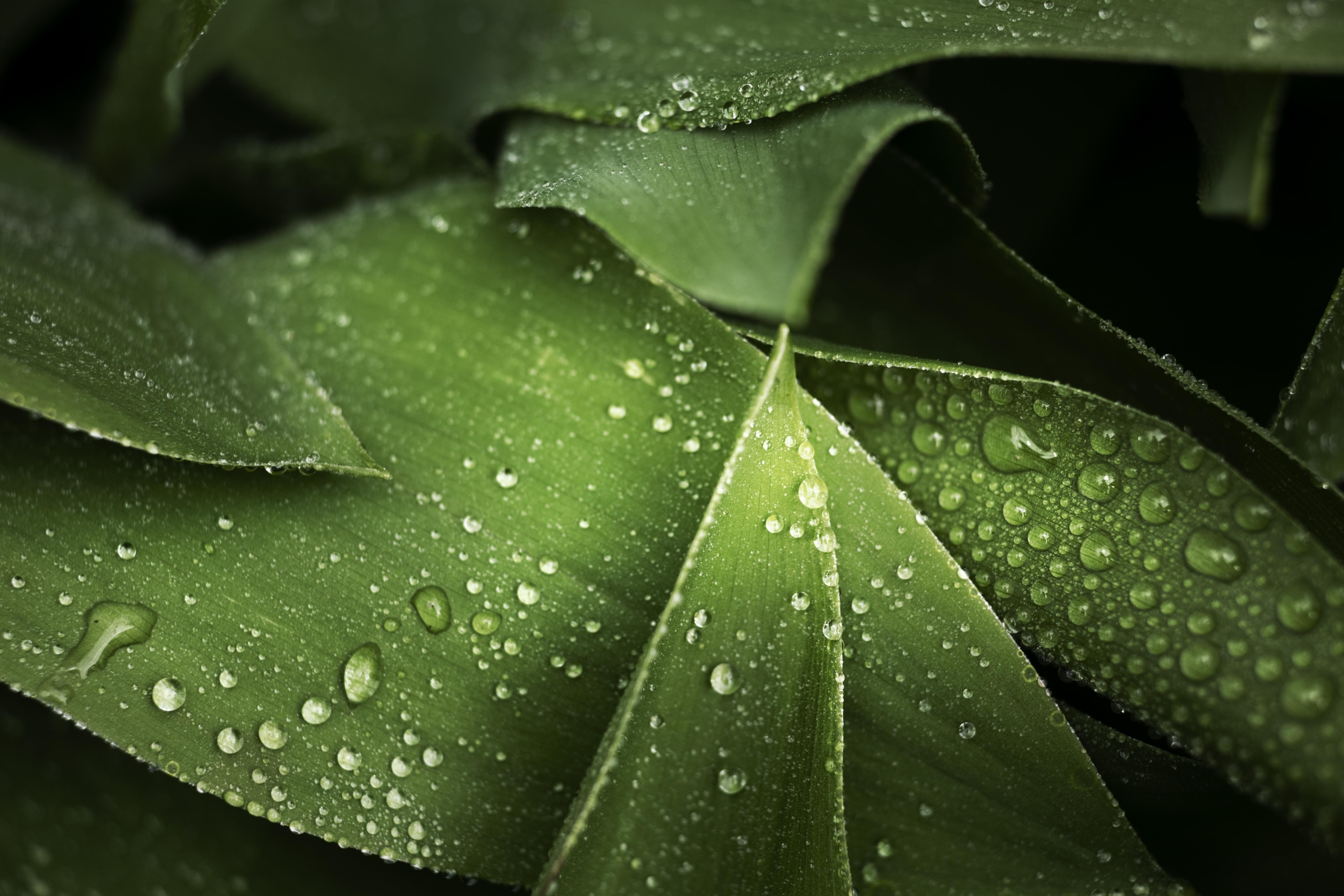
NATIVIA® SUSTAINABILITY ATTRIBUTES:
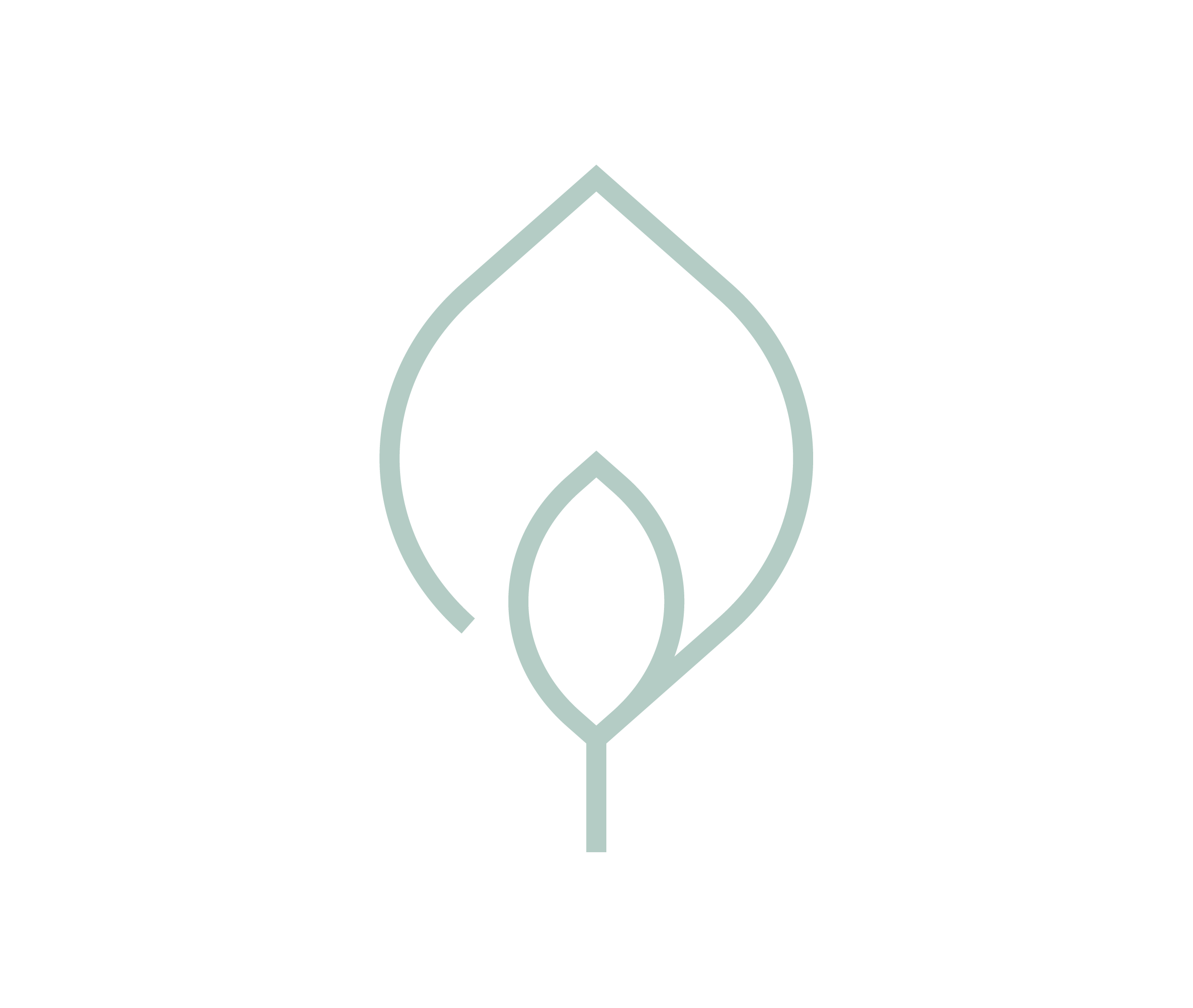
Biobased
NATIVIA® films are made from biobased polymers derived from renewable resources, helping to reduce dependency on limited fossil resources and to reduce greenhouse gas emissions. NATIVIA® BoPLA films are certified OK biobased-4 stars by TÜV AUSTRIA.
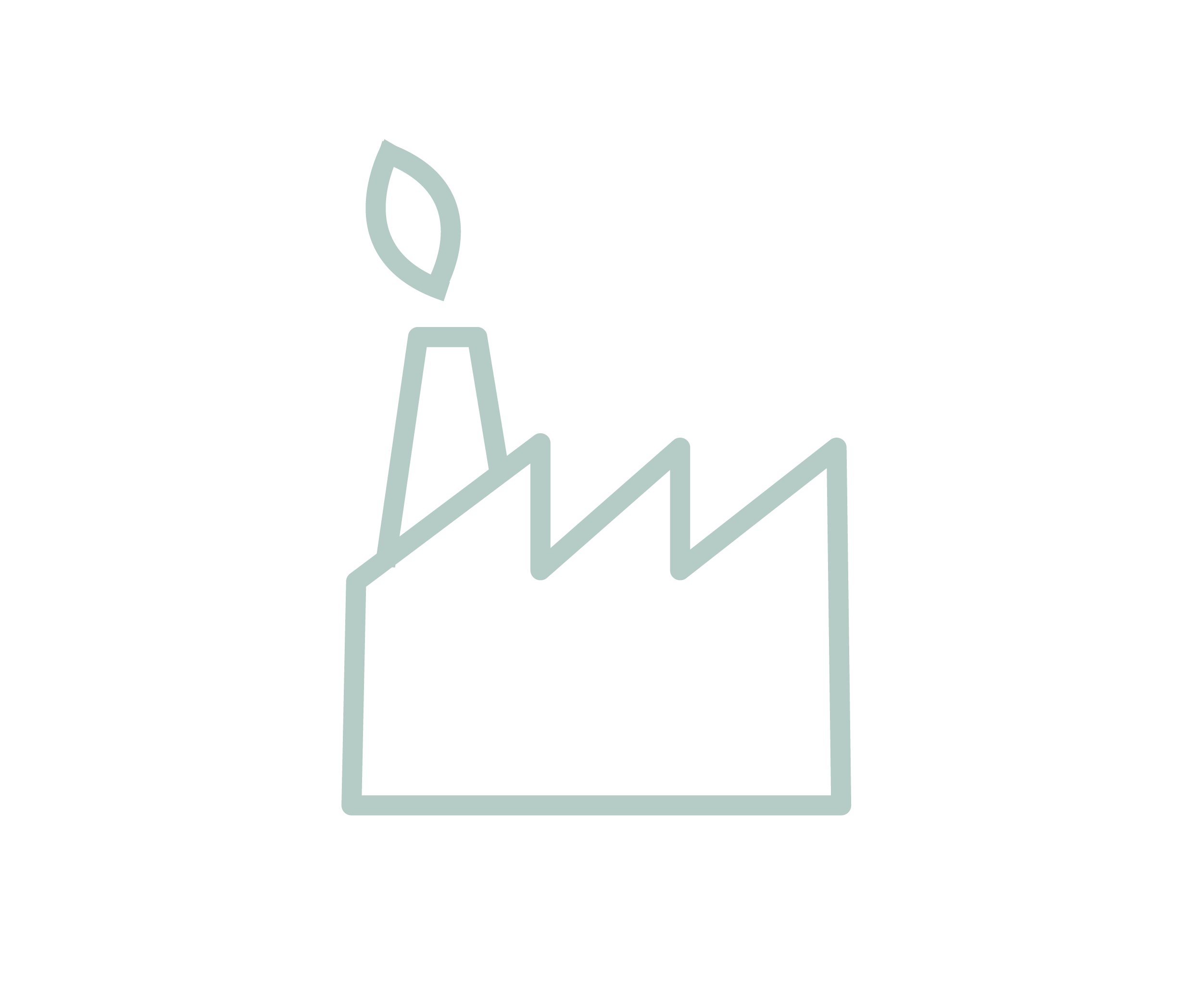
Industrial Compostability
NATIVIA® industrial compostable films are designed to be disposed of with food and organic waste.
Where permitted by local authorities, certified compostable packaging based on NATIVIA® BoPLA films can be disposed of in organic waste bins, for collection and processing by industrial composting facilities, where it will biodegrade into compost. NATIVIA® BoPLA films are certified for industrial compostability by DIN CERTCO according to the EN 13432 standard.
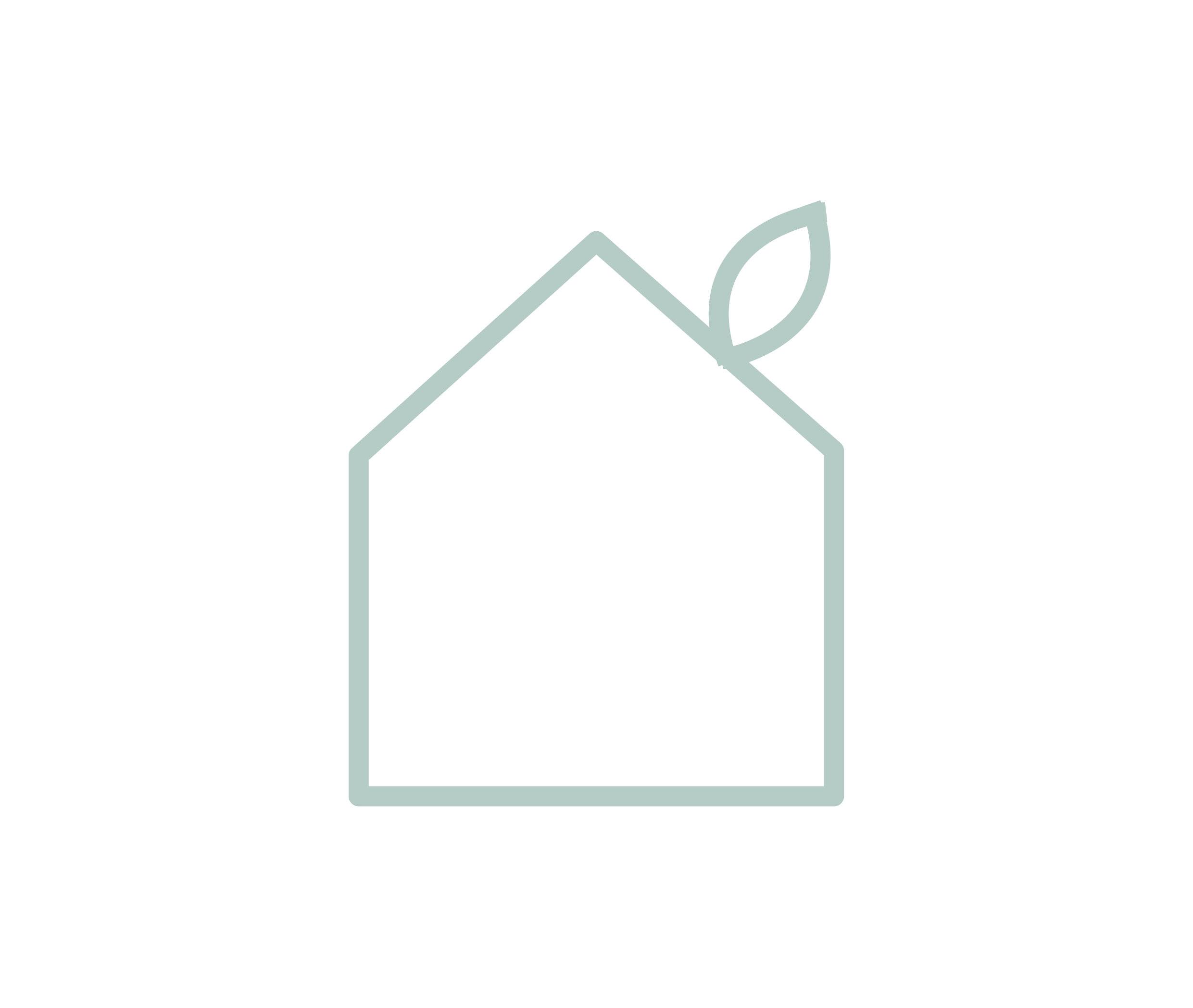
Home Compostability
NATIVIA® films belonging to the Plus family are made from a mix of biodegradable polymers and are specifically designed for home compostability.
Click to view our NATIVIA® Certificates
The Nativia® family offering
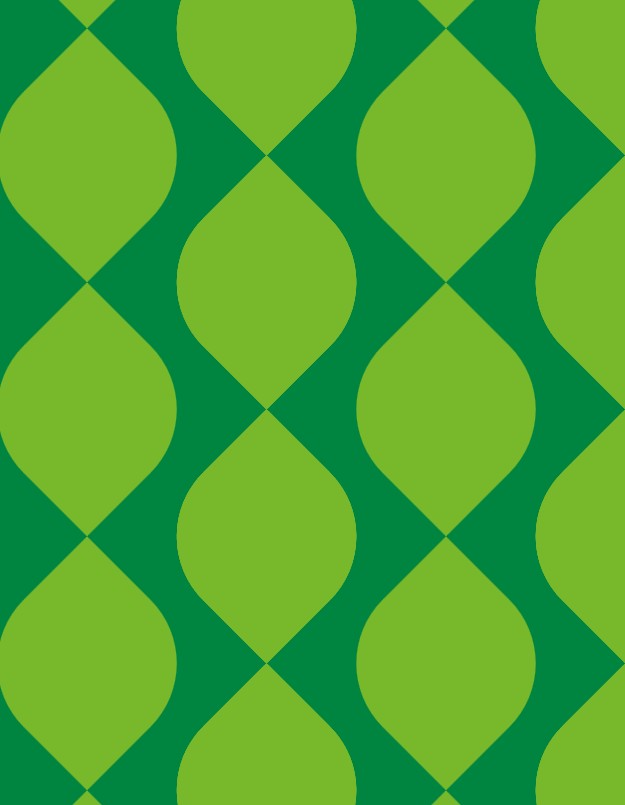
Essential
Suitable for a variety of applications, NATIVIA Essential is our PLA-based
range of films that is Industrially Compostable.
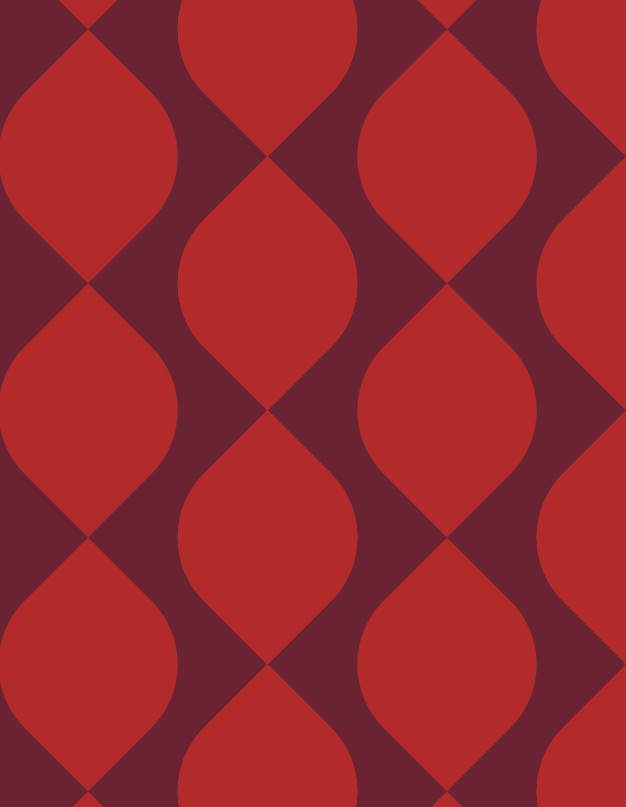
Plus
PHA-based range of films that is Home compostable and is ideal for applications such as coffee pods, fresh produce and snacks.
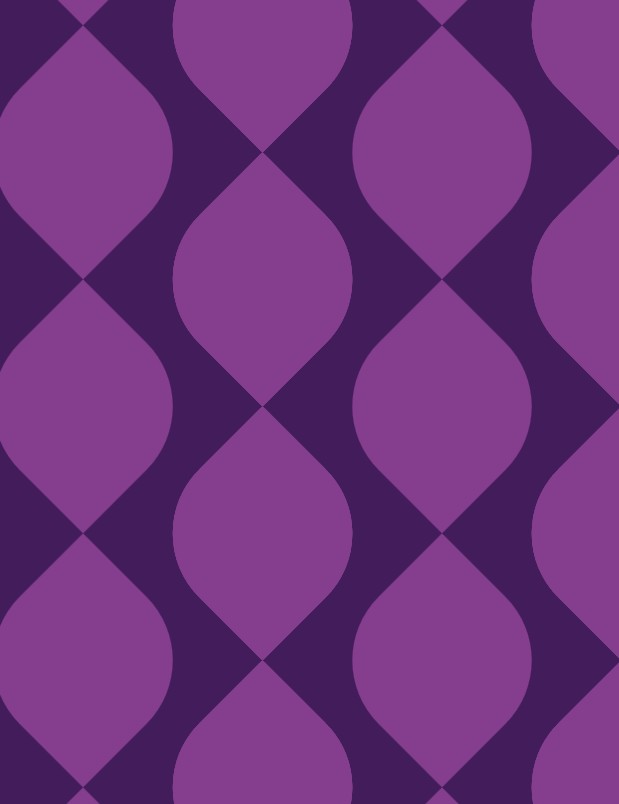
Premium
Combining exceptional quality, aesthetics and material that come from renewable resources, Premium range is for brands looking to elevate their packaging.
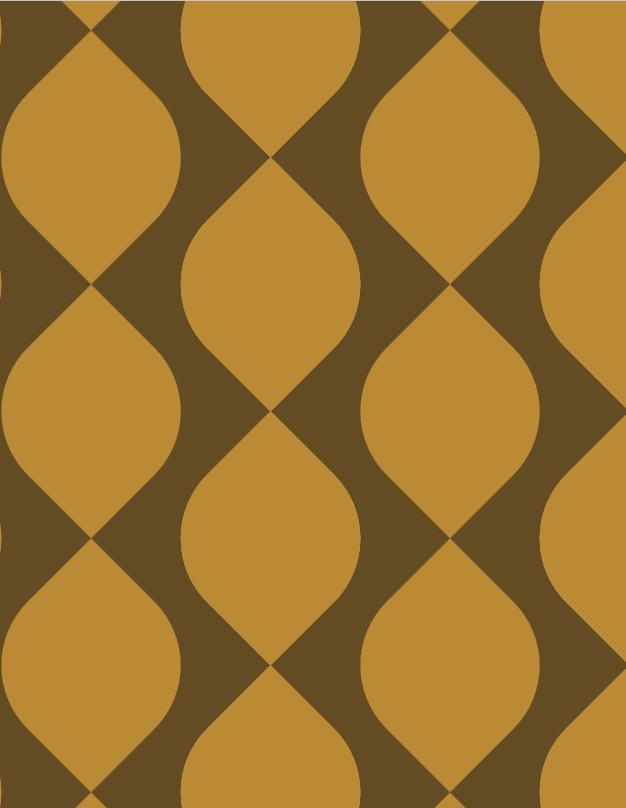
Protect Essential
Designed for applications that require high barrier properties, NATIVIA Protect combines protection and multiple end-of-life options.
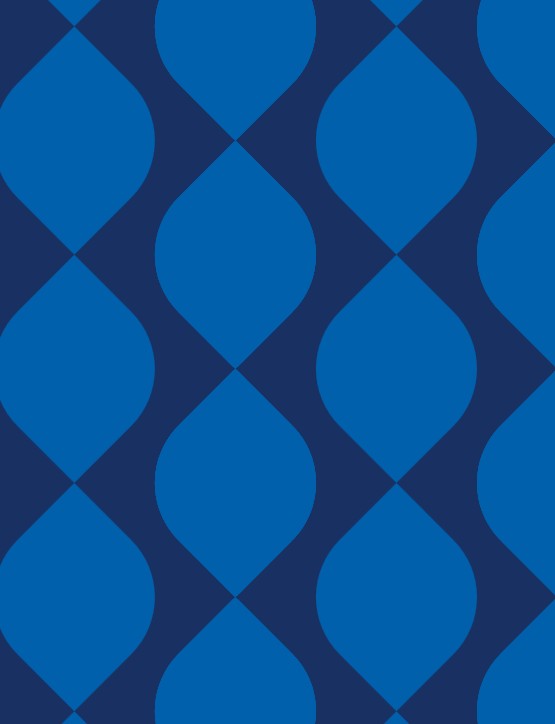
Protect Plus
The latest development in the portfolio, combining innovative biopolymer mix designed for home compostability with high-barrier functionality.
Where you can use nativia®
NATIVIA® films can be used in existing converting and packaging technologies as a mono-web, in lamination with paper or in lamination with other compostable films. NATIVIA® range includes different aesthetical grades and technical features and is designed to cover a wide range of flexible packaging, labels and graphic arts, for food and non-food applications
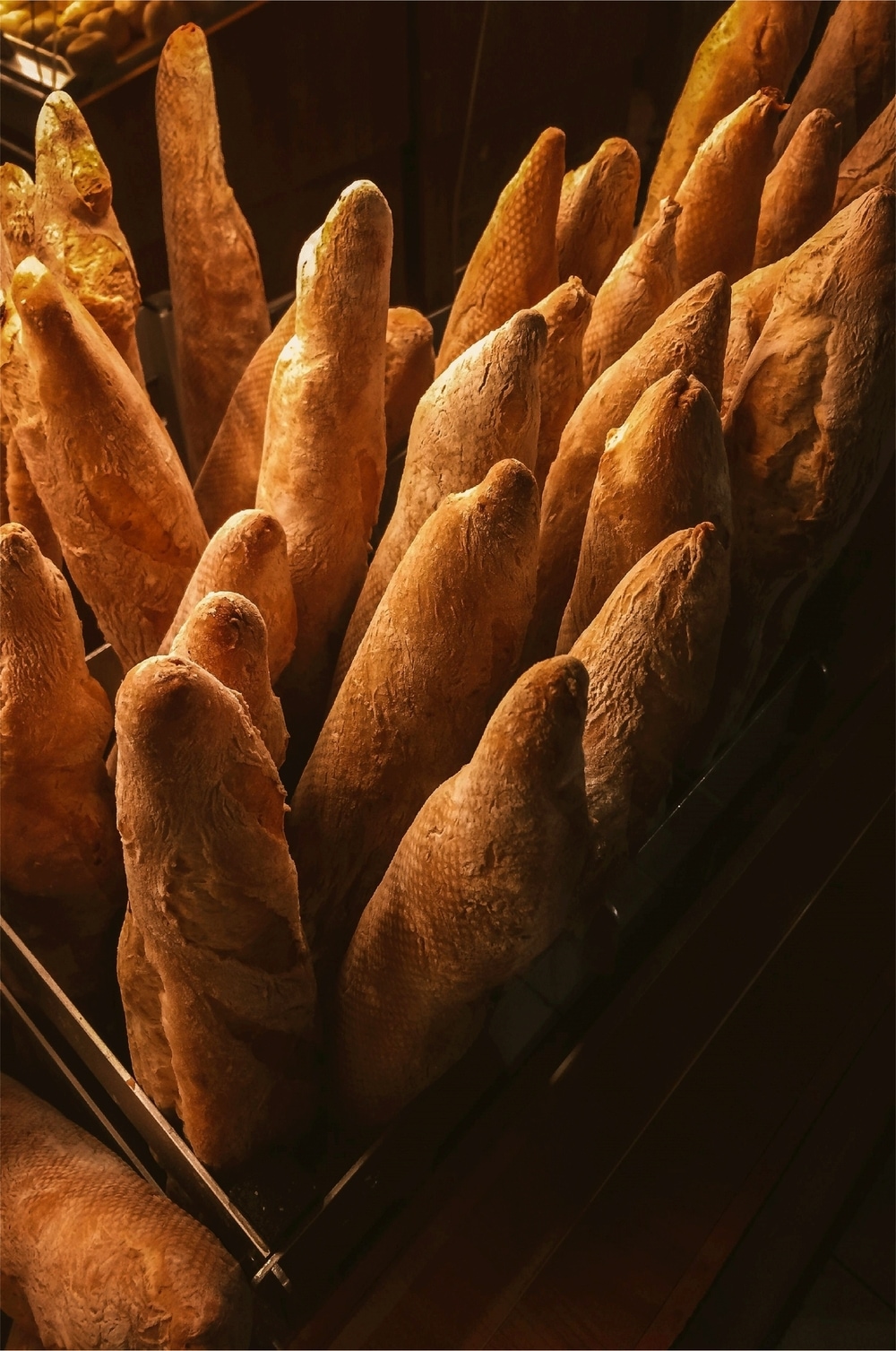
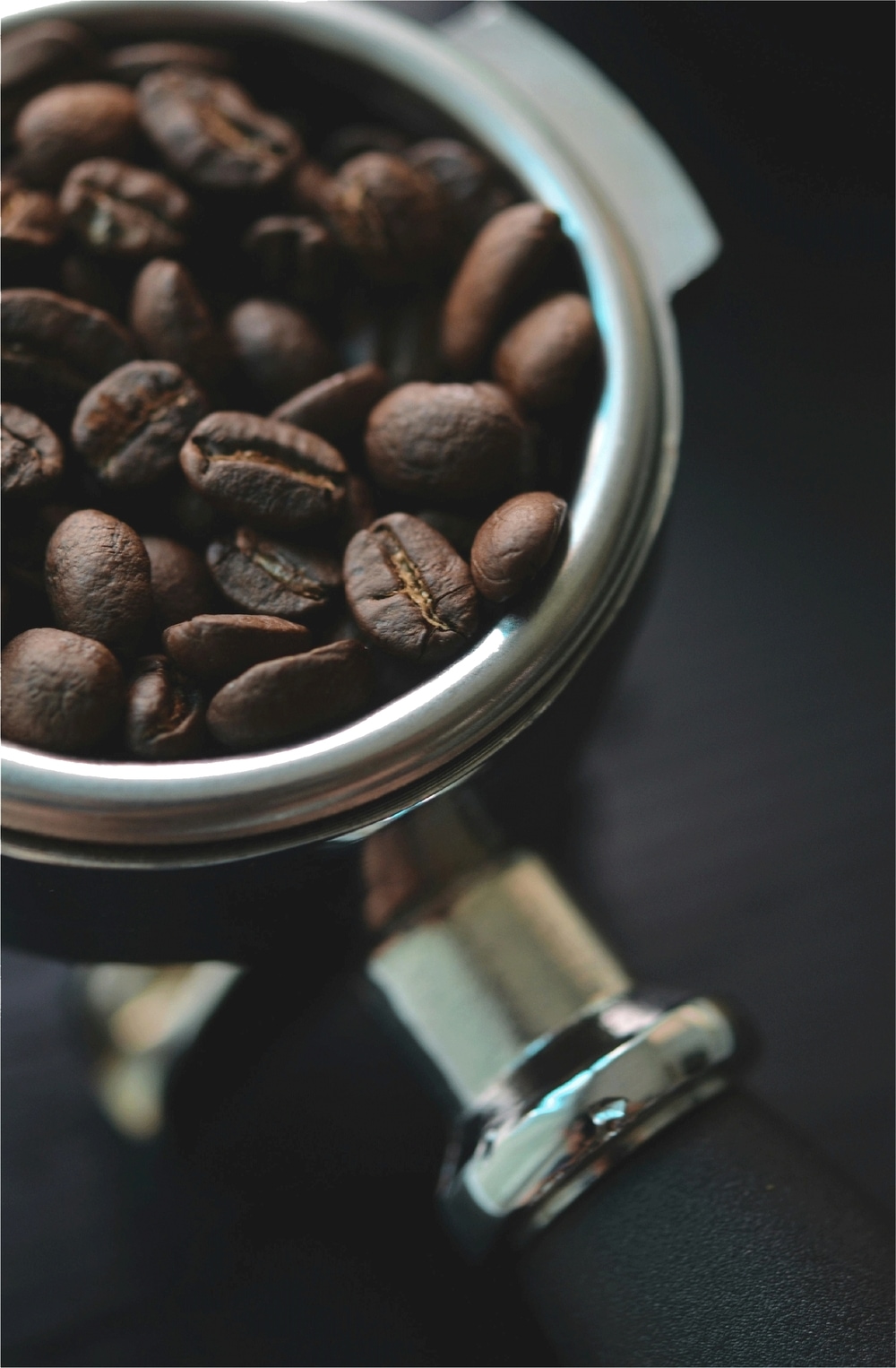
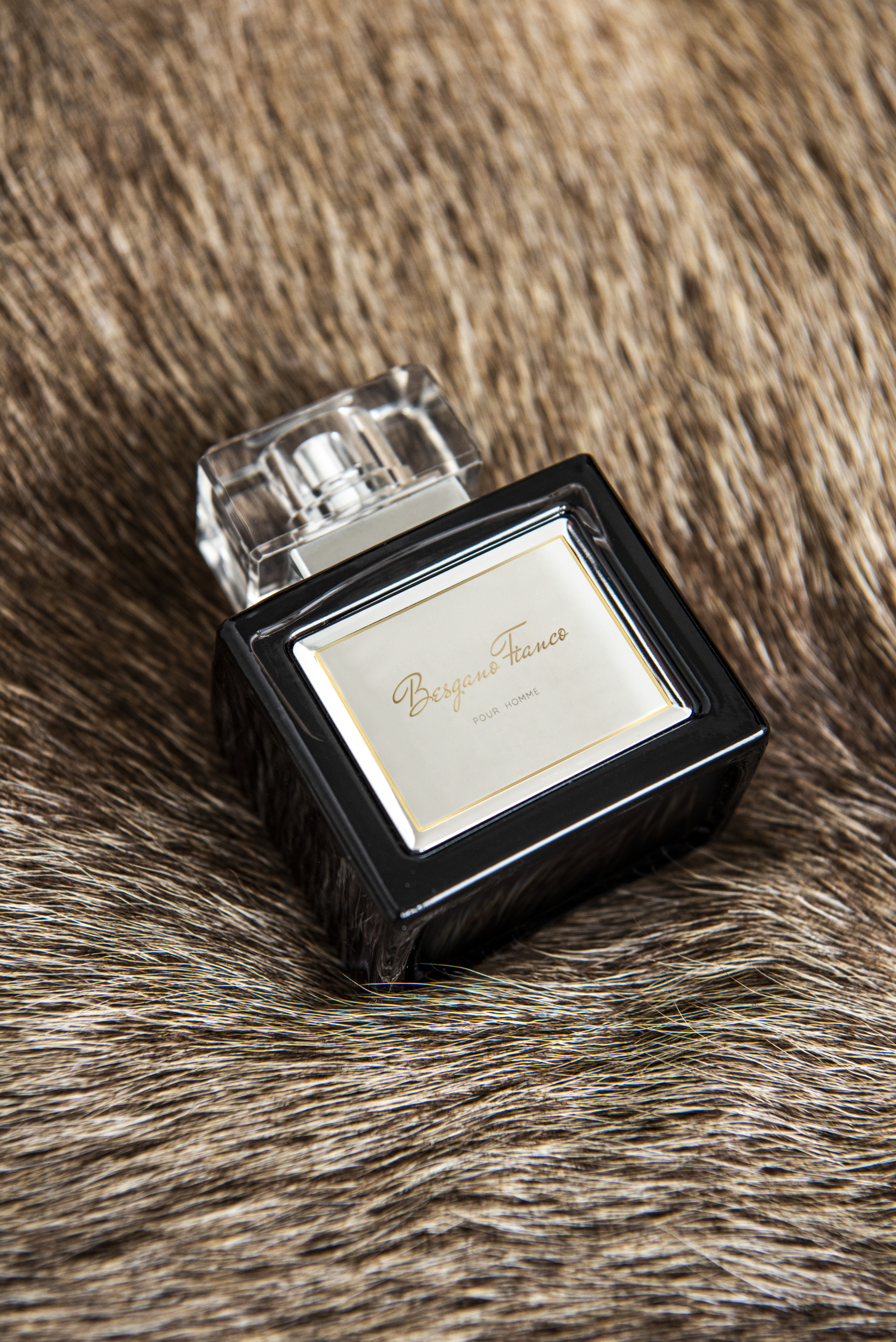
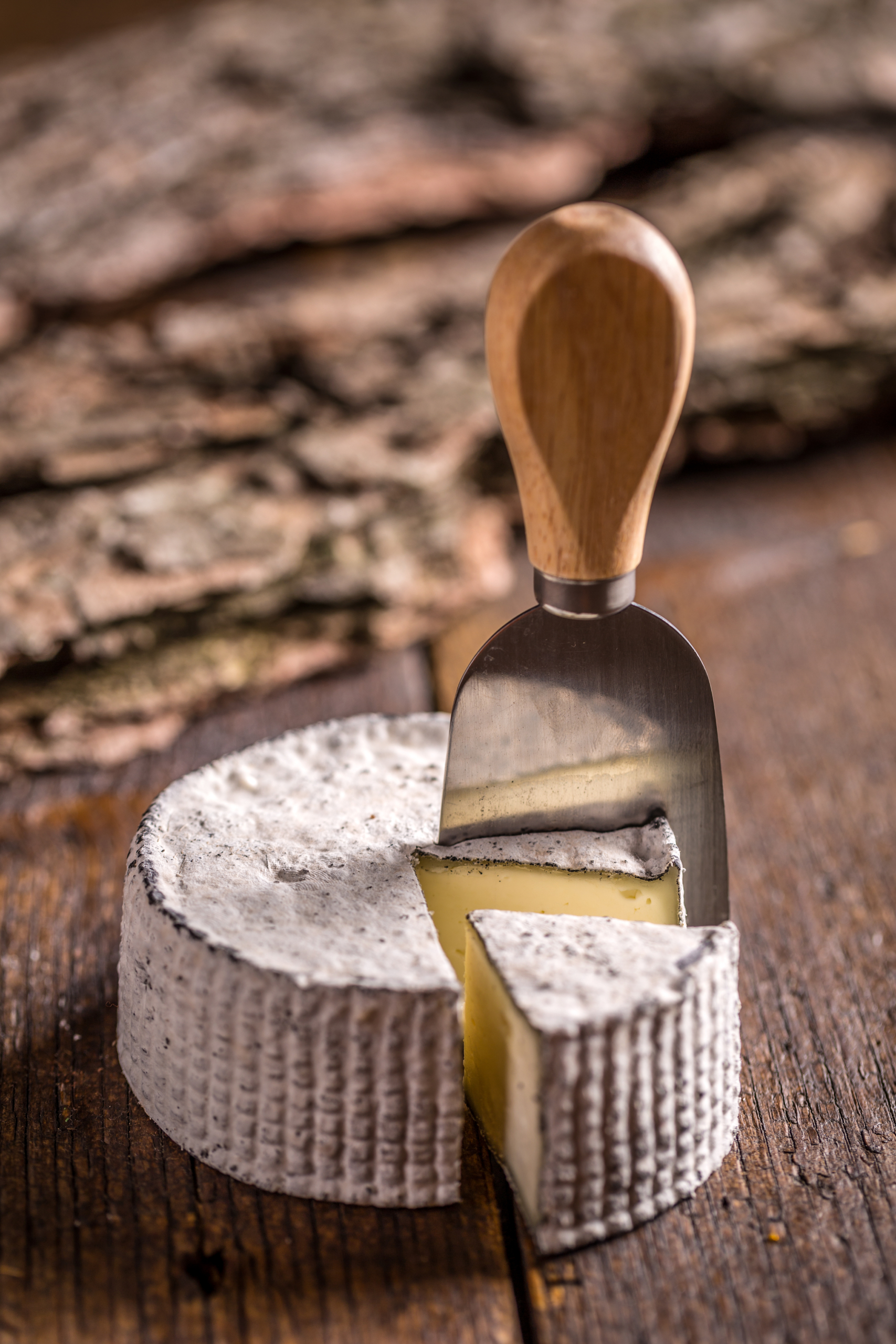
Associations


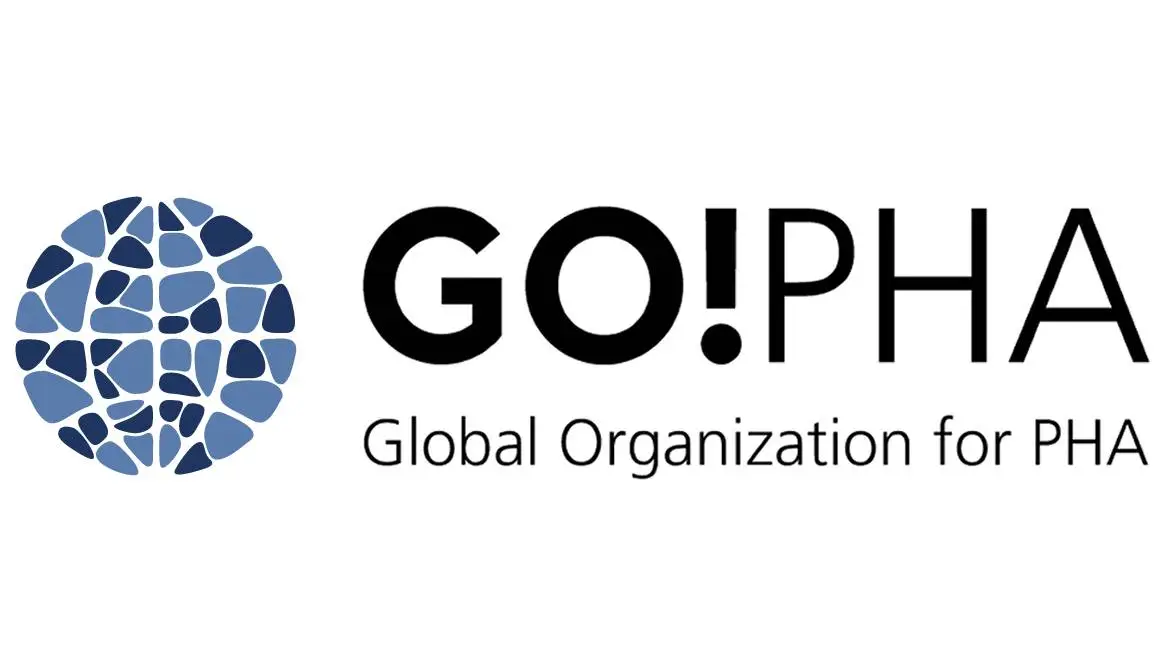
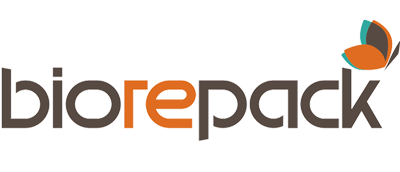

Not sure where to start?
Try our Products Finder and find
any of our films in an instant
Customize a more sustainable, innovative solution that best meets your specific requirements